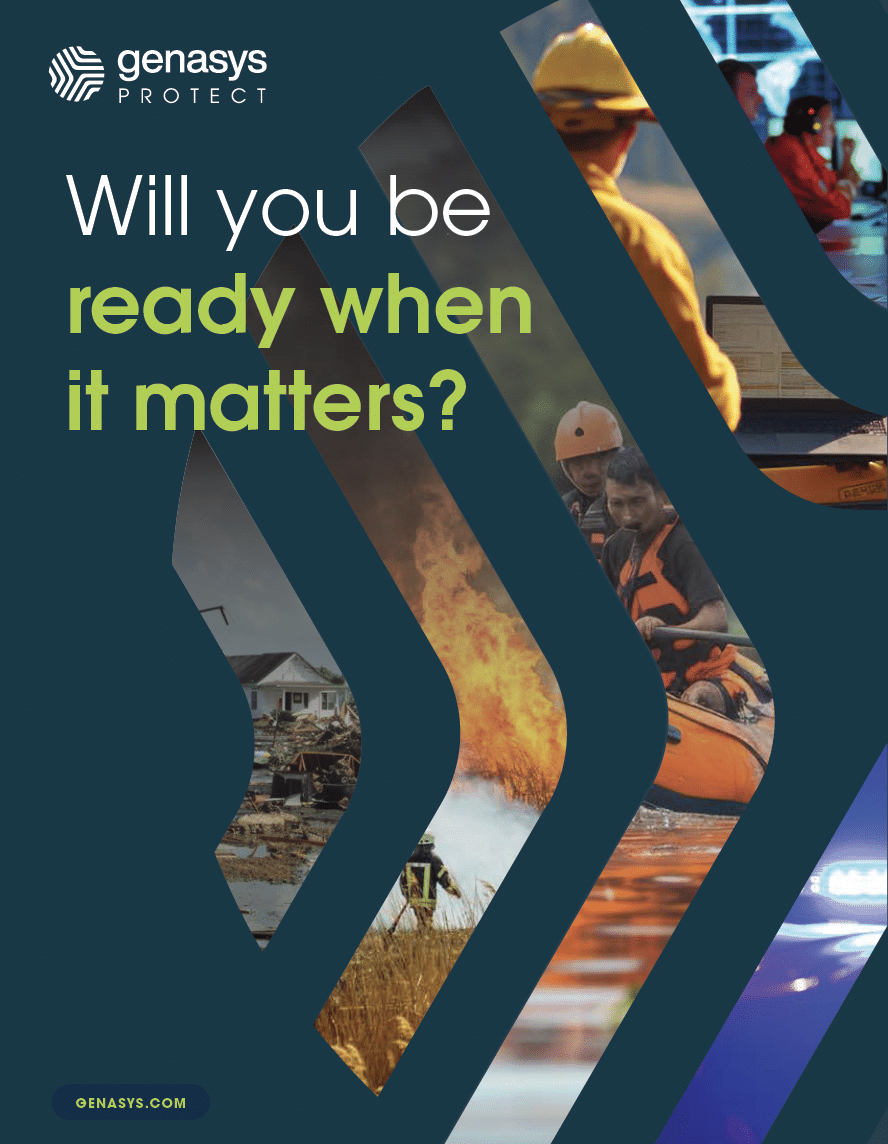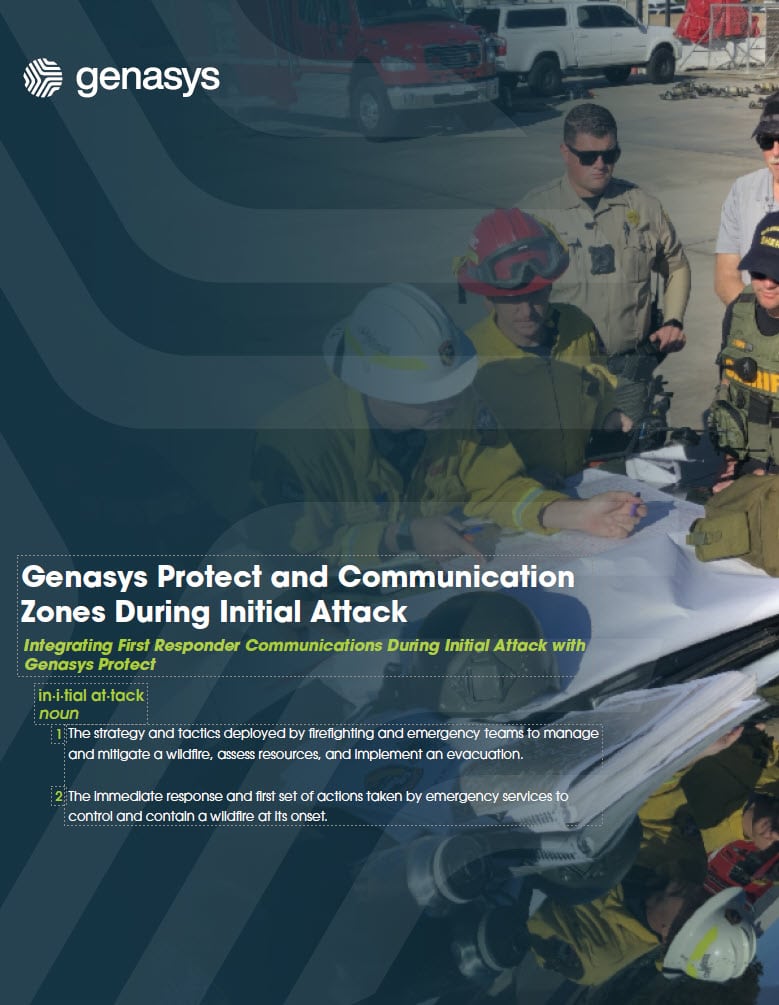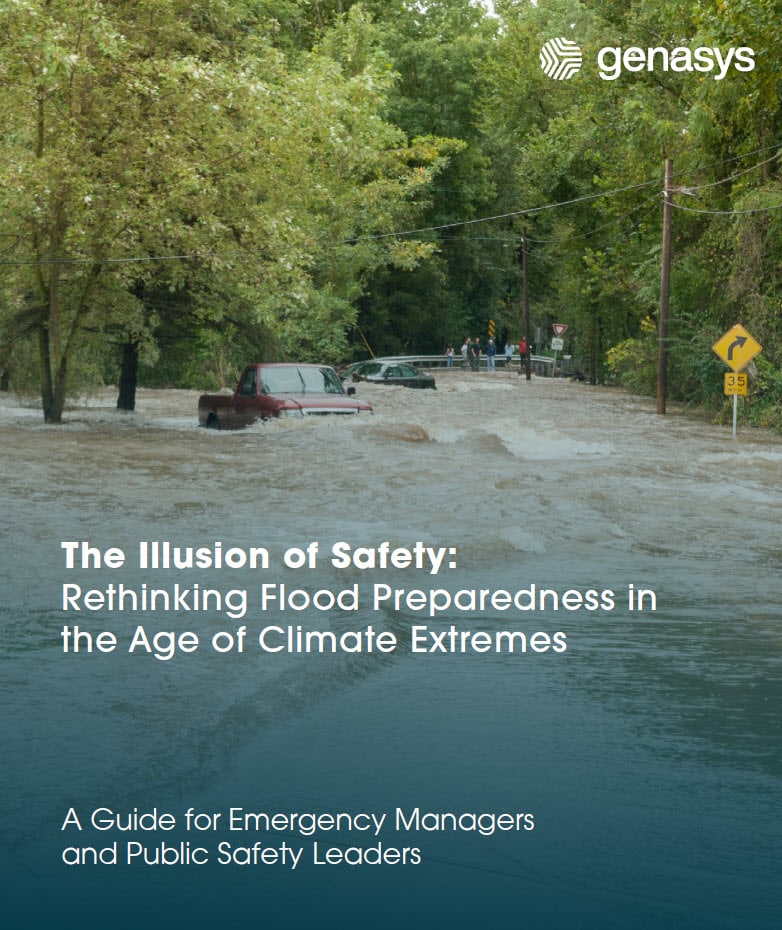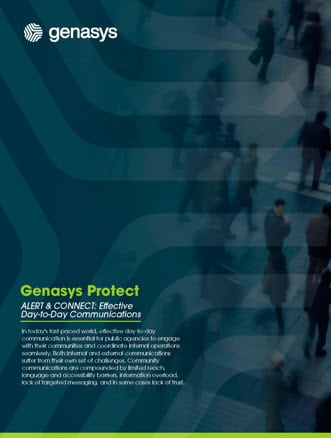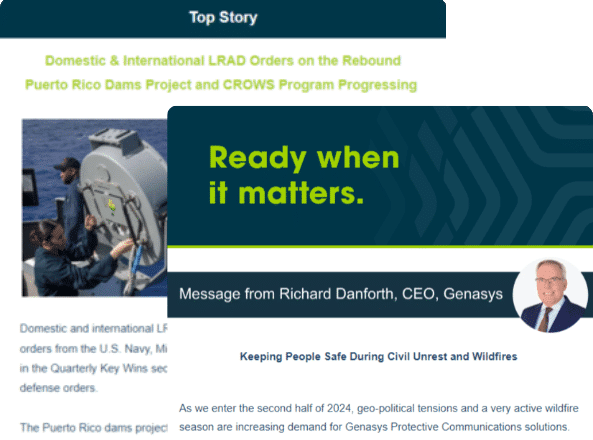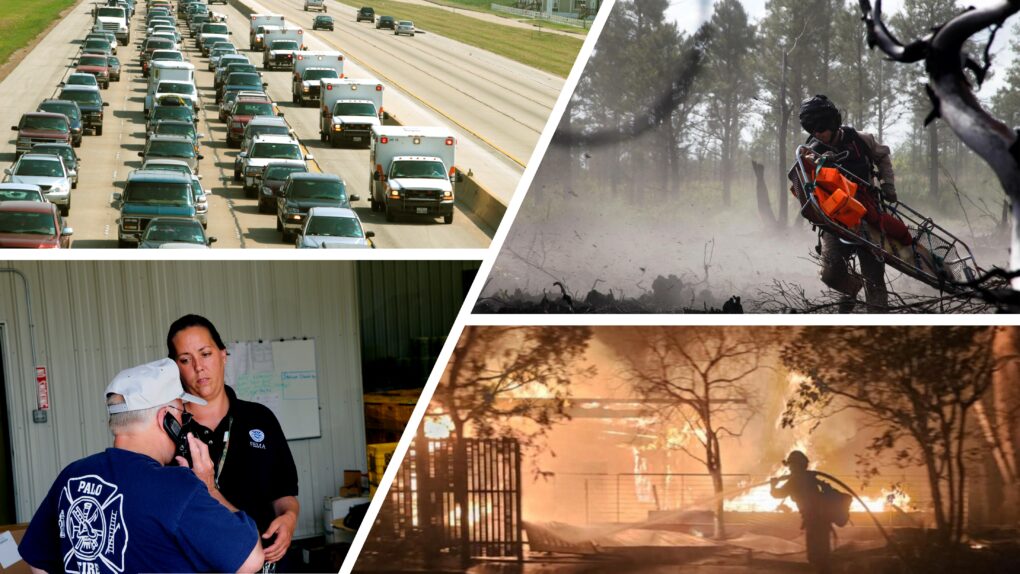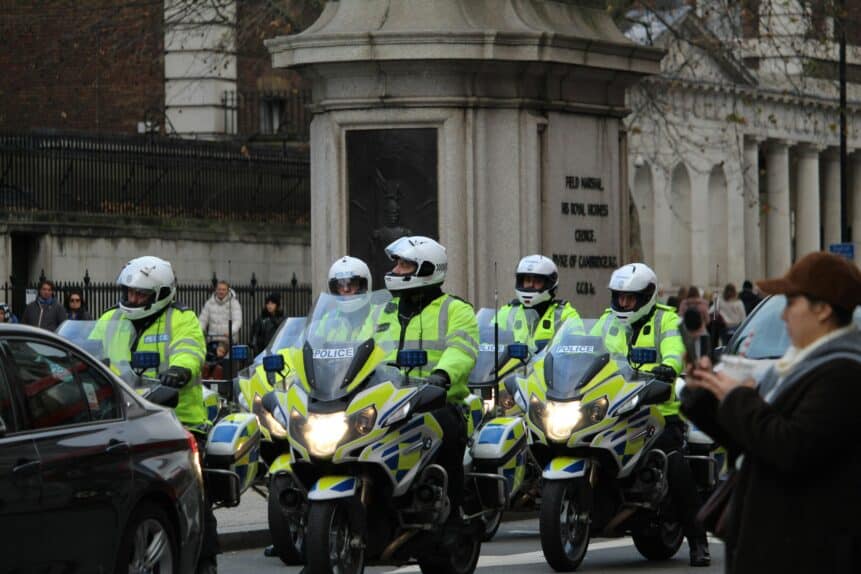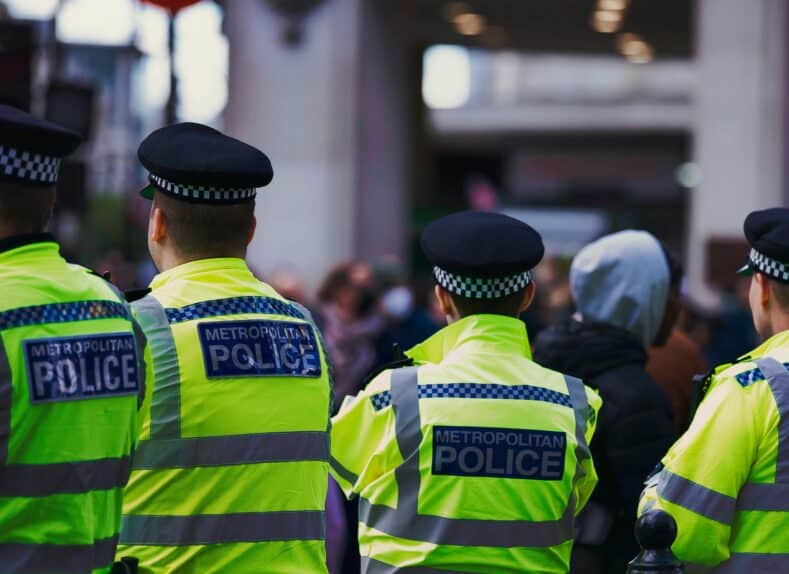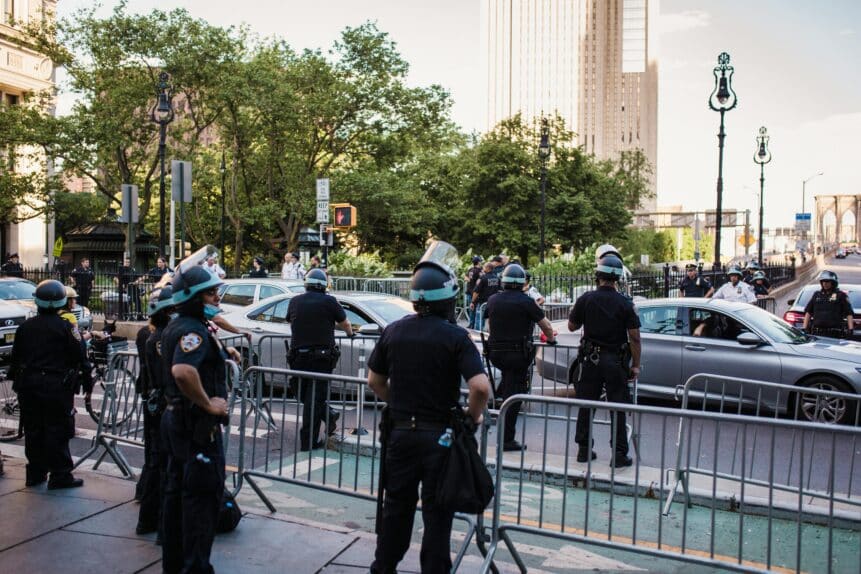By Chief Jeff Halstead, (Ret) Chief of Police, Fort Worth, TX
No time to read the whole blog? Click to see the key takeaways:
- Intelligence chatter is intensifying. DHS, FBI, and NCTC bulletins warn of renewed extremist focus on large public events and holidays, when staffing is thin and impact potential is high.
- Coordinated, multi-vector attacks are the new concern. Experts describe scenarios combining shootings, cyberattacks, and timing designed to overwhelm response systems.
- Preparedness gaps are fixable. Five high-impact actions every agency should prioritize: threat assessment, redundant communications, active shooter and MCI training, coordination with hospitals and critical infrastructure, and preplanned public messaging.
I’ve been tracking the latest intelligence reports and speaking with trusted sources in the counterterrorism space, and they believe we’re facing a real threat: a largescale terrorist attack could strike multiple U.S. cities within the next few years.
In May 2025, DHS and the FBI issued a joint intelligence bulletin warning that violent extremist messaging is once again focusing on major sporting and cultural events as potential targets. The National Counterterrorism Center (NCTC) followed up by urging law enforcement agencies to increase presence at these events and avoid sharing travel schedules publicly. NCTC also released a public advisory encouraging situational awareness, citing persistent threats from Al-Qaeda-affiliated networks.
From where I sit, as a former Chief of Police and current law enforcement consultant, these aren’t hollow warnings. Some of my trusted intelligence contacts believe we could see an attack attempt within the next one to two years. What they’re describing isn’t just a single incident, but a coordinated assault: simultaneous mass shootings across metro areas, combined with cyberattacks on hospital networks, and timed to exploit staffing shortages during major holidays.
If that sounds extreme, remember; this is exactly how terror cells operate. They conduct dry runs. They test response times. They study gaps. In Phoenix, we disrupted one such plot targeting a shopping mall during Thanksgiving, after 12 years of planning. These threats aren’t just “possibilities,” and they’re not coming from alarmists or random pundits. They come from professionals with eyes on the ground and experience inside these networks.
The Threat Environment at a Glance
The DHS 2025 Homeland Threat Assessment reports that, between September 2023 and July 2024, the U.S. experienced four domestic violent extremist (DVE) attacks, and authorities disrupted seven additional DVE plots, along with two homegrown violent extremist (HVE) attacks and three thwarted HVE plots. Attackers targeted ethnic and religious minorities, government officials and faith-based organizations, often using firearms at commercial or educational facilities. Meanwhile, foreign terrorist organizations (FTOs) such as ISIS and Al-Qaeda maintain their intent to conduct or inspire attacks; Al-Qaeda’s Yemen affiliate recently revived its Inspire magazine, providing bombmaking instructions for civil aviation attacks.
Public gathering vulnerability compounds these threats. CISA warns that concerts, sports venues, houses of worship and shopping centers are accessible and often lightly secured, making them attractive targets. The DHS–FBI bulletin notes that attackers historically use vehicles, firearms, and improvised explosive devices to target public events. The message from federal authorities is consistent: large gatherings, especially around holidays, require heightened vigilance.
We can’t afford a failure of imagination.
Why Holidays Matter
What concerns me most, based on both personal experience and what I’m hearing, is how these threats spike during major holidays. Periods like Thanksgiving, Christmas, and Independence Day create a perfect storm for attackers. Police and fire staffing are at their lowest while crowds are at their highest. Federal bulletins show that violent extremist messaging often escalates in the days leading up to major events, encouraging individuals to strike when agencies are stretched thin. Planners should assume that attackers will target times and places where they can maximize casualties and chaos.
Five High Impact Preparedness Actions
I’ve seen how overwhelming it can be to prepare for high-impact, low-frequency events. Condensing a detailed playbook into a few actionable priorities can help agencies focus their limited resources. Each action below ties back to best practice guidance from DHS, CISA and law enforcement experts.
- Assess Threats and Vulnerabilities. Conduct joint threat assessments with state fusion centers and the FBI, identifying likely attackers, targets and vulnerabilities. Pre-event intelligence gathering should monitor social media, open sources and known extremist channels to spot dry runs or coordinated activity.
- Ensure Redundant Communications. Every agency I talk to says they’ve learned the hard way: if your comms goes down, your coordination falls apart. I’ve been pushing what I call “digital crime fighting:” building redundant, interoperable communication systems. That means layering land mobile radios, satellite backups, and zone-based mass notification platforms. But it also means using secure collaboration tools so that police, fire, EMS, and federal partners can still share intelligence even if cellular networks go dark.
- Train for Active Shooter and Mass Casualty Response. Incorporate Run/Hide/Fight principles into agency and community training, and practice rapid deployment through Rescue Task Force models. The DHS–FBI bulletins reference to vehicles, firearms and IEDs, underscores the need to rehearse diverse attack scenarios.
- Coordinate With Hospitals and Critical Infrastructure. Plan joint exercises that test surge capacity, offline patient records, and emergency power at hospitals. Include cyberattack scenarios to ensure care continues even if digital systems fail.
- Prepare Public Messaging. Pre-approve multilanguage alerts for different threat levels and integrate social media monitoring. Rapid, accurate communication can reduce panic and guide evacuations when seconds count.
Leveraging Modern Tools
I’ve worked with a lot of tools over the years, and the ones that matter most are the ones that change what your team can do under pressure.
With Genasys Protect, you gain the ability to act fast, target precisely, and keep the public calm and informed. You can isolate zones, send alerts in seconds, and avoid the mass confusion that happens when alerts are too broad, and everyone gets the same message, whether they need it or not. It helps you lead with clarity when every second counts.
Genasys Connect gives you a huge edge in coordination. It keeps agencies on the same page in real time, even when cell networks go down or comms get jammed. You can securely share intel, files, and updates with exactly the right people, and make decisions without the usual delays and confusion.
And LRADs play a critical role. When you’re facing an active shooter or a barricaded subject, nothing beats being able to give clear commands from a safe distance, even over loud noise or chaos. I’ve seen how that changes the outcome on scene.
These tools make operations easier and help you stay in control when it matters most.
Getting Funded
Agencies concerned about cost should explore terrorism preparedness grants. Grant experts recommend starting with program fit and building a data driven narrative that links technology investments to improved outcomes. Partners like Lexipol and Sourcewell can manage compliance tasks, and grants under programs such as UASI, SHSP and EMPG can cover multichannel alerting and secure collaboration. With Genasys and its partners, professional grant writers can handle up to 90 % of the application process, freeing staff to focus on operations.
Stay Alert – and Be Ready
Threats from both domestic and foreign actors are rising. Credible intelligence points to multi-city, multi-vector attacks that are being patiently planned and strategically timed. Federal agencies are sounding the alarm, and many of the operators I speak with, people who’ve spent their careers in the intelligence and counterterrorism space, believe the window for prevention is narrowing.
Now is the time for action. Focusing on high-impact preparedness steps, investing in modern, resilient communications, and making smart use of grant funding can dramatically improve an agency’s ability to detect, respond to, and mitigate these threats when, not if, they surface.
Genasys Inc. isn’t predicting the future. We’re sharing validated warnings and helping agencies prepare with the tools and intelligence they need. Contact us if you want to learn more about how Genasys Protect and Connect, or our grant support resources can support your agency.
Contact Genasys to schedule a demo today!



